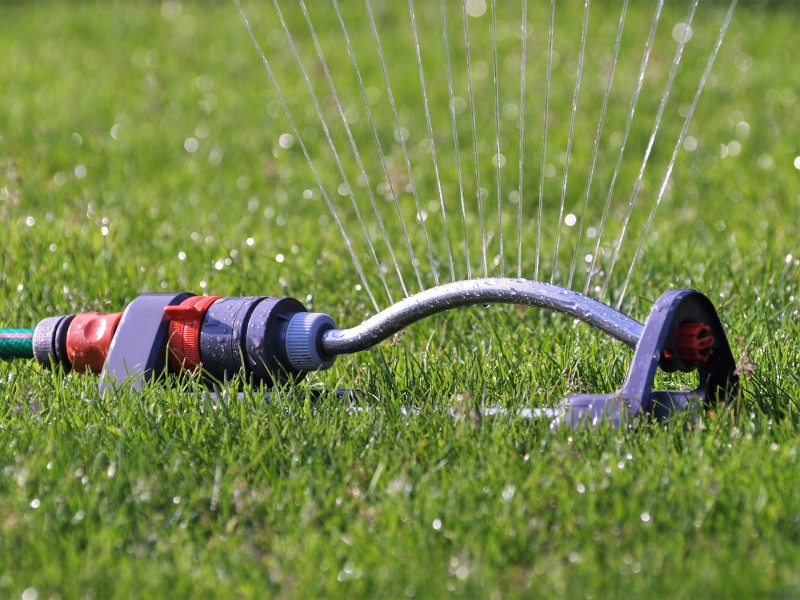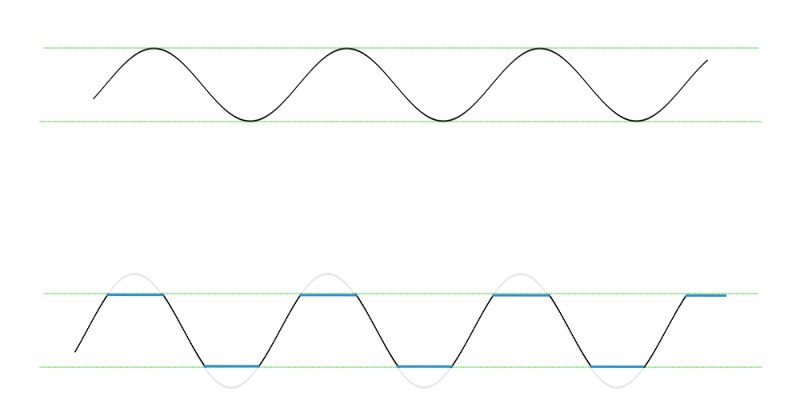Do Amps Push Power to Speakers?
One common concern among people new to home theater is amplifier power. We’ve talked about it a lot. But one question that comes up more than most is how that power gets to the speakers. Are the amps pushing the power into the speakers like a hose pushing water into a lawn toy or sprinkler? That seems to make sense. But how does it actually work? Let us explain.

Basis of Concerns
When people worry about amps and speakers, they are often worried that a mismatch causing the amp to push too little or too much power, damaging their speakers. They don’t want to “blow up” their speakers especially when the power handling specification doesn’t line up with their AV receiver’s power rating.
Anthropomorphizing Amps and Speakers
There are lots of electrical engineers in the world that can go into excruciating detail about how power flows from your amp to your speakers. But we are going to simplify it for you. There are three main components that you need to worry about. Your source, your amp, and your speakers. The source has the original signal. It tells the amps how loud to make a sound. That’s your streaming device, disc player, or game system.
The amp then communicates with your speakers. It sends a signal to the speakers essentially saying, “I need to you play this sound at this volume.” The speaker responds and says, “Sure thing buddy, I’ll just need X watts of power to make that happen for you.”
Earlier, we compared amp to pushing power to your speakers like a hose pushing water. It would be more accurate to say that your speakers draw power like you drinking from a straw. The louder the sound, the harder the speakers suck.

How Amps Can Damage Speakers
There are two ways that an amp can damage your speakers. The first is the one that is of concern to many people. That the amp has too much power and blows up the speakers. The second is if the amp has too little power and the amp starts to clip.
If an amp has “too much” power, what does that mean? Well, it means that the speaker would literally break itself trying to use it all. But the only time it would try is if you turned the volume up so loud that it requested all that power. In most home theaters, that is extremely unlikely to happen. Most commonly we see it happen when people turn on their home theater speakers extremely loud so that they can hear them in other parts of the house. This overdrives their speakers and amps and often damages one or both. This is obviously not a problem of the amp, but of the user.
If you think of a sound as a wave (since it is and all), a clipped soundwave is one that has a flat side. When the speaker needs a certain amount of power and the amp doesn’t have it (#2 from above), the waveform distorts (see below). Other things can happen as well but, in general, the amp is essentially asking the speaker to create a wave that is impossible for the speaker to reproduce. But it still tries and that can damage the speaker (and amp).

The easiest way to think of the relationship between your speakers and amp is that the speakers draw the power, not the other way around. Does this mean that an overpowered amp can never hurt your speakers? No. But it is much more unlikely.
Wrap Up
Amps don’t push power to your speakers, your speakers request power from your amps. As long as your amp has sufficient power, and you don’t turn the volume up too loud, your speakers will be safe. While this doesn’t mean you need to buy the biggest amplifier for your speakers, it does mean you need to make sure you have enough power to drive your speakers to reference level. Once you have that, you have all the power you’ll ever need.


